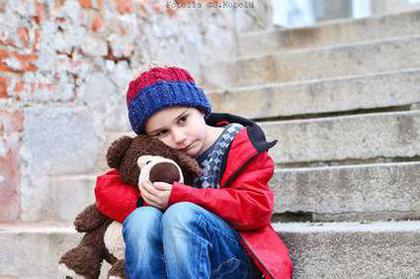Aftercare
Author: Maria Yiallouros; Dr. med. Gesche Riabowol (née Tallen), Editor: Maria Yiallouros, Reviewer: Dr. med. Gesche Riabowol (née Tallen), English Translation: Dr. med. Gesche Riabowol (nee Tallen), Last modification: 2024/05/02 https://kinderkrebsinfo.de/doi/e1918
The treatment of children and adolescents with cancer requires intensive therapeutic procedures. High-dose medications for chemotherapy (cytostatics), ionising radiation for radiotherapy, but also any surgical intervention as well as the disease itself and the burdens associated with it, can cause both physical and psychological sequelae, many of which develop long after cessation of treatment, and hence are referred to as long-term effects. There is also still a risk, albeit decreasing over the years, that the disease will recur, i.e. that the patient will suffer a relapse (recurrence).

Not being sick anymore does not mean cured yet.
(© S. Kobold - Fotolia.com)
For this reason, patients continue to be cared for and monitored for quite a while after the intensive cancer treatment has been completed. This time is called aftercare.
The goal of aftercare is to detect and treat a recurrence of the disease as well as potential long-term sequelae in a timely manner and to support patients and their families with disease- and treatment-related physical, psychosocial and mental challenges. Special rehabilitation measures also contribute to a successful recovery process.
For the first years after the end of treatment, follow-up appointments are recommended to be scheduled as per standardised follow-up-plans. These are part of the assigned treatment protocols, according to which the patient has been treated.
